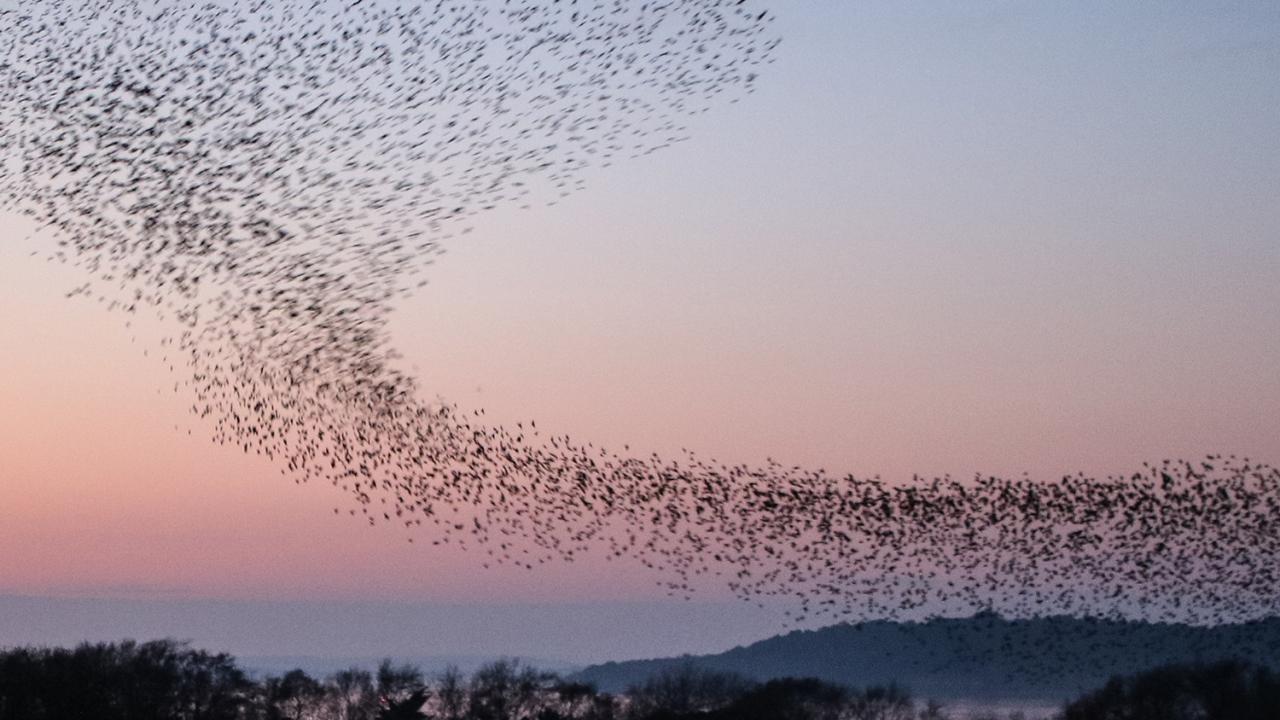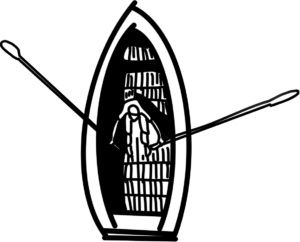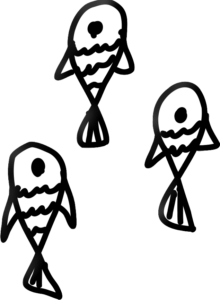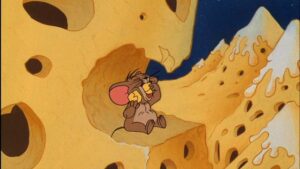Inspiration:
The inspiration for this project stems from the incredible complexity and beauty of the human immune system. Observing the intricate dance of immune cells as they work together to defend the body against invading pathogens is a mesmerizing spectacle. Additionally, the field of artificial life and emergent behavior in simulations served as a key inspiration. The idea of applying the principles of flocking behavior to simulate the coordinated movement of immune cells creates a visually compelling representation of their protective role in the body.
Concept:
The main concept behind this project is to use the principles of flocking behavior to simulate the movement and interactions of immune cells in response to the presence of disease cells. The flocking algorithm is based on three key principles:
- Separation: Each cell maintains a certain distance from its neighbors, representing the need for immune cells to avoid crowding, ensuring efficient patrolling of the body.
- Cohesion: Cells are drawn towards the average position of their neighbors, promoting a sense of unity and collaboration in the immune response.
- Alignment: Cells align their direction with that of their neighbors, mimicking the cooperative movement of immune cells as they collectively respond to threats.
The disease cells, represented as potential pathogens, introduce a dynamic element to the simulation. They act as attractors, causing nearby immune cells to adjust their movement to intercept and neutralize the threat.
Demo:
Reflection:
This project serves as a visual exploration of the principles of flocking behavior applied to the context of the immune system. Through this simulation, the intricate choreography of immune cells is brought to life, providing a dynamic and engaging representation of their vital role in protecting the body.
The use of P5.js as the framework for this project allowed for a seamless integration of visual elements and behavioral logic. Experimentation with parameters such as separation distance, cohesion strength, and alignment influence provides an opportunity to fine-tune the simulation and observe the emergent patterns that arise.
Additionally, the project opens up possibilities for educational purposes, as it provides a tangible and interactive way for individuals to grasp the collective behavior of immune cells. By observing the simulation, users can gain a deeper understanding of the coordinated efforts employed by the immune system to maintain health and combat potential threats.
In conclusion, this project not only explores the artistic potential of simulating immune cell behavior but also serves as a tool for educational outreach, bridging the gap between art and science to enhance our appreciation for the complexity of the human body’s defense mechanisms.








